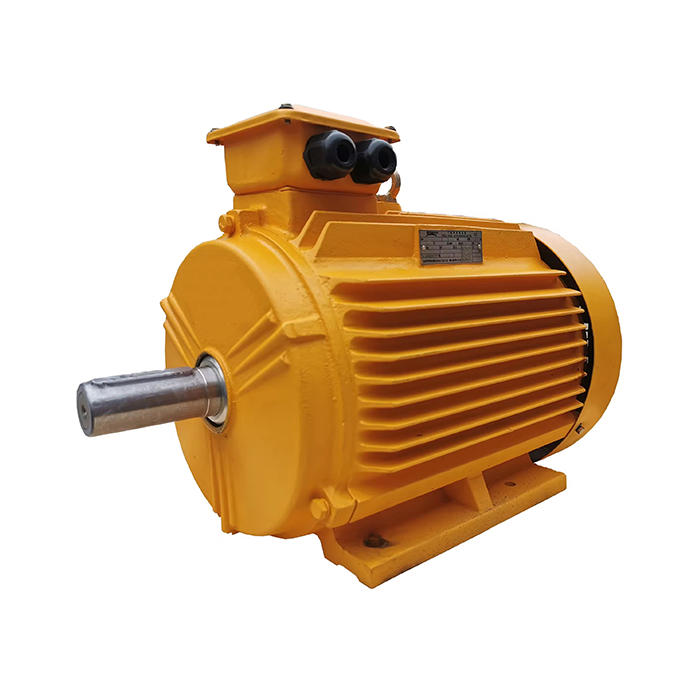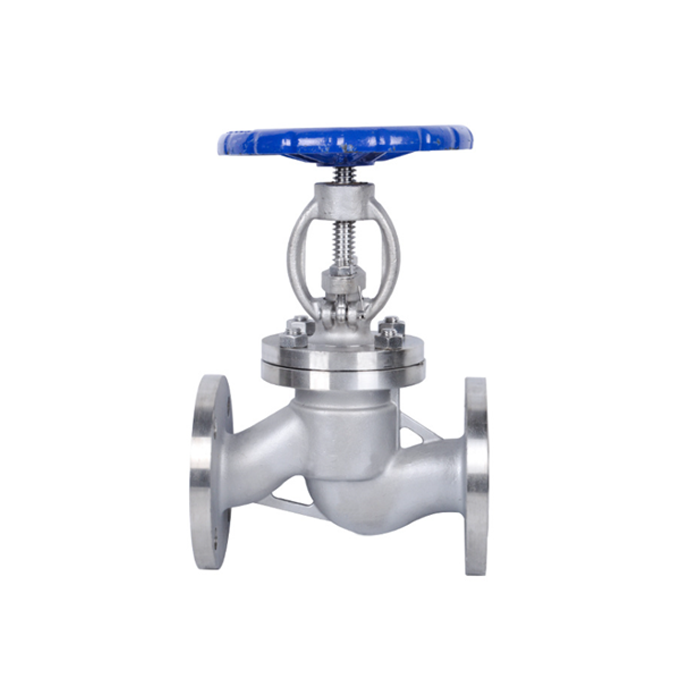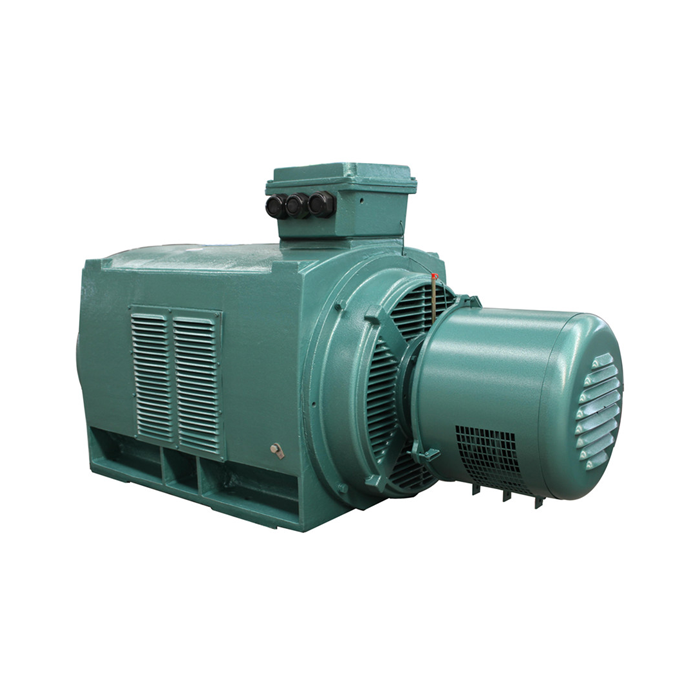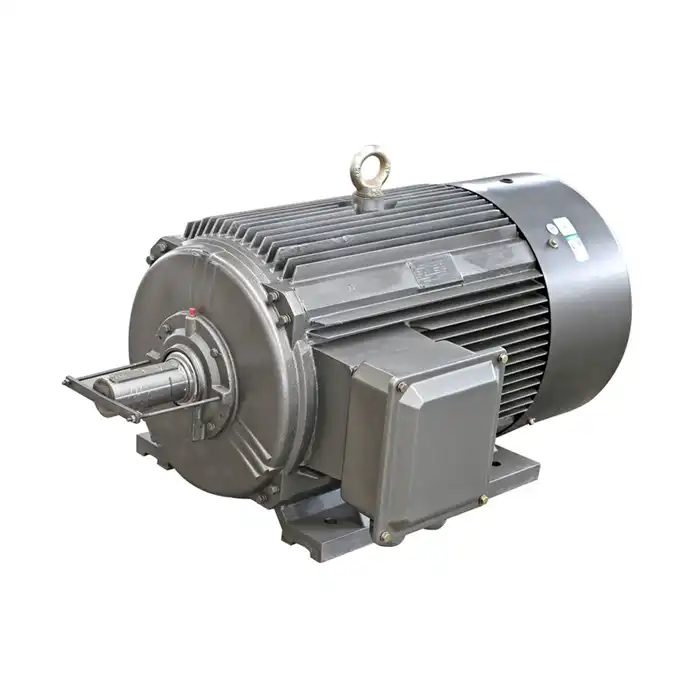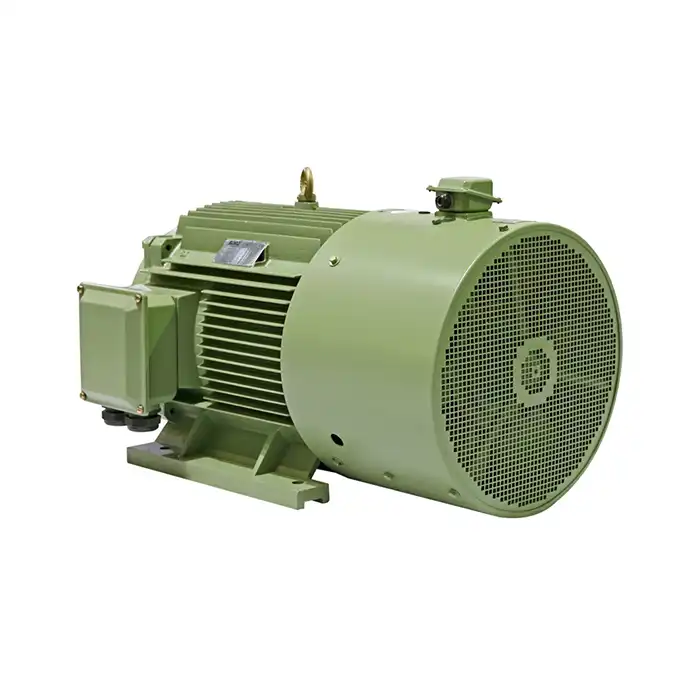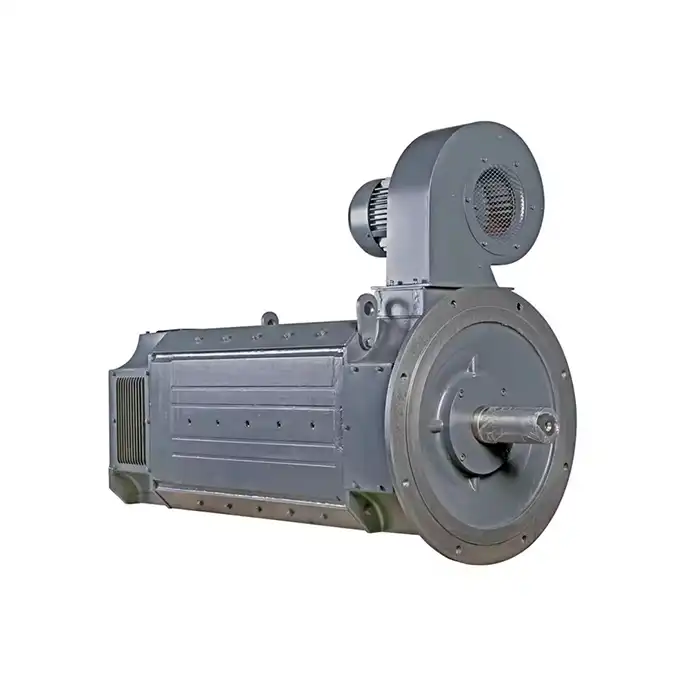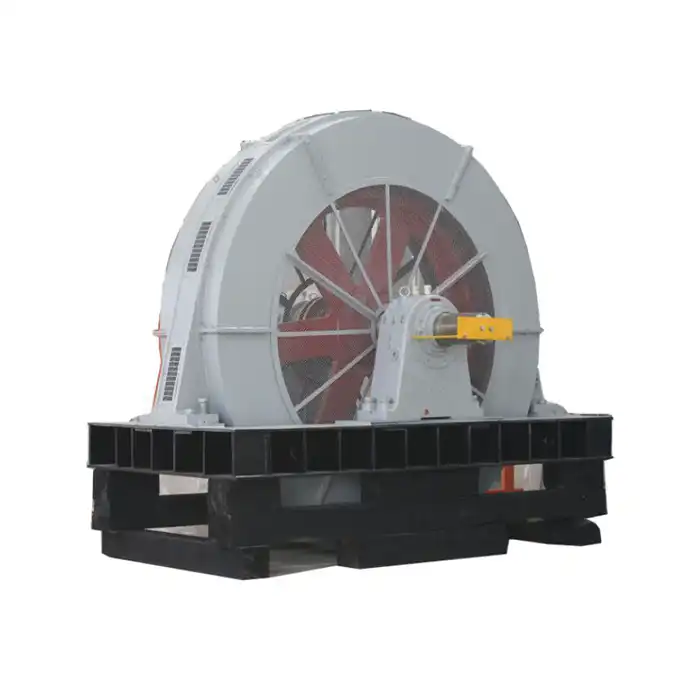What role does proper cooling play in IEC LV motor longevity?
For iec low voltage induction motors to last and work well, they need to be properly cooled. Because they work well and are reliable, these motors are used in many fields. But if it doesn't get enough cool, even the best-designed IEEC low voltage induction motor can lose power and last less long. In this blog post, we'll talk about how important cooling is for keeping these motors running at their best and extending their life.
Heat dissipation methods in LV motors
Effective heat dissipation is crucial for maintaining the operational integrity of low voltage induction motors. Let's explore some common cooling methods employed in these motors:
Air cooling systems
Air cooling is one of the most prevalent methods used in LV motors. It relies on the circulation of air to remove heat from the motor components. There are two main types of air cooling systems:
Self-ventilated cooling: The motor's own fan, attached to the rotor shaft, circulates air through the motor.
Forced ventilation: An external fan is used to provide a constant flow of cooling air, regardless of motor speed.
Liquid cooling systems
For applications requiring more intensive cooling, liquid cooling systems may be employed. These systems use a coolant, typically water or oil, to remove heat from the motor. Liquid cooling is particularly effective for high-power density motors or those operating in harsh environments.
Fin-based cooling
Many iec low voltage induction motor designs incorporate fins on the motor housing. These fins increase the surface area available for heat dissipation, improving the motor's ability to transfer heat to the surrounding air.
Heat pipe technology
Some advanced cooling systems utilize heat pipe technology. Heat pipes are sealed tubes containing a working fluid that efficiently transfers heat from one end to the other through phase changes of the fluid.
Consequences of inadequate motor cooling
Insufficient cooling can lead to various issues that can significantly impact the performance and lifespan of LV motors. Understanding these consequences is crucial for maintaining motor health:
Reduced motor efficiency
As motor temperature rises due to inadequate cooling, electrical resistance in the windings increases. This leads to higher power losses and reduced overall motor efficiency.
Insulation breakdown
Excessive heat can cause the insulation materials in the motor to degrade more rapidly. This breakdown can lead to short circuits and eventual motor failure.
Bearing damage
High temperatures can affect the lubricants used in motor bearings, causing them to break down more quickly. This can result in increased friction, wear, and potential bearing failure.
Decreased motor lifespan
The cumulative effect of heat-related stress on various motor components can significantly shorten the overall lifespan of the iec low voltage induction motor.
Unplanned downtime
Motors operating at higher temperatures are more prone to unexpected failures, leading to unplanned downtime and potential production losses.
Optimizing cooling systems for extended motor life
To ensure the longevity of iec low voltage induction motor systems, it's essential to optimize their cooling systems. Here are some strategies to enhance motor cooling:
Proper sizing and selection
Choosing the right motor size and type for the application is crucial. An undersized motor will generate more heat, while an oversized one may operate inefficiently.
Regular maintenance
Implementing a regular maintenance schedule helps ensure that cooling systems remain effective. This includes cleaning air intake vents, checking fan operation, and inspecting liquid cooling systems for leaks or blockages.
Environmental considerations
The operating environment plays a significant role in motor cooling. Ensure adequate ventilation in the motor's surroundings and consider additional cooling measures for high-temperature environments.
Thermal monitoring
Implementing thermal monitoring systems can help detect cooling issues before they lead to motor damage. These systems can provide early warnings of potential overheating problems.
Cooling system upgrades
For motors operating in challenging conditions or those with a history of thermal issues, consider upgrading the cooling system. This might involve adding external fans, implementing liquid cooling, or using more efficient heat dissipation technologies.
Variable speed operation
Utilizing variable frequency drives (VFDs) can help manage motor temperature by adjusting speed based on load requirements. This can prevent unnecessary heat generation during periods of low demand.
Conclusion
IEC low voltage induction motors need to be cooled properly in order to last longer and keep working well. Businesses can make their motor-driven processes much more reliable and efficient by using good cooling strategies and keeping their cooling systems in good shape. As technology gets better, new ways to cool things down keep coming out, which means there are even more ways to improve motor performance and longevity.
FAQ
1. How often should I inspect the cooling system of my LV motor?
Regular inspections are necessary to keep the cooling system working at its best. The cooling system should be checked at least every three months, and more often if it's used in harsh conditions or for important tasks.
2. Can ambient temperature affect the cooling efficiency of my motor?
Yes, the temperature of the environment can have a big effect on how well a motor cools down. Higher temperatures outside make it harder for the motor to get rid of heat, which could cause it to overheat. In hot places, extra steps may need to be taken to keep things cool.
3. Are there any signs that indicate my motor's cooling system might be failing?
Strange noises from the cooling fans, a motor that gets hot while it's working normally, and damaged or blocked cooling fins or vents are all signs that something is wrong with the cooling system. Keeping an eye on the motor's temperature on a regular basis can also help find cooling problems early.
Choose XCMOTOR for Your IEC Low Voltage Induction Motor Needs
When it comes to making reliable and effective iec low voltage induction motors, XCMOTOR is the company to go to. Our motors are made with advanced cooling systems to make sure they work well and last a long time. As an iec low voltage induction motor manufacturer, we offer custom solutions to meet your specific application needs because we have years of experience in motor technology. If you trust XCMOTOR, we will provide you with high-quality motors that work well and use little energy. Contact us today at xcmotors@163.com to discuss how our IEC low voltage induction motors can benefit your operations.
References
1. Johnson, R. T. (2022). Thermal Management in Low Voltage Induction Motors. Journal of Electric Motor Engineering, 45(3), 178-195.
2. Smith, A. B., & Brown, C. D. (2021). Advanced Cooling Techniques for Industrial Motors. IEEE Transactions on Industrial Electronics, 68(9), 8234-8245.
3. Garcia, M. L. (2023). Impact of Cooling Efficiency on Motor Lifespan: A Comprehensive Study. International Journal of Electrical Machines and Drives, 11(2), 67-82.
4. Thompson, E. R., et al. (2020). Optimizing Cooling Systems in IEC Low Voltage Motors for Extended Operational Life. Proceedings of the Annual Conference on Motor Efficiency and Reliability, 112-127.
5. Lee, S. H., & Park, J. K. (2022). Comparative Analysis of Air and Liquid Cooling Methods in Industrial Low Voltage Motors. Energy Conversion and Management, 255, 115278.
6. Wilson, D. M. (2021). The Role of Thermal Management in Motor Efficiency and Longevity. Industrial Motor Systems: Efficiency and Reliability, 3rd ed., Springer, 205-230.



